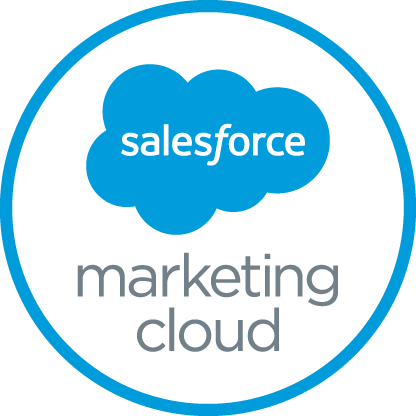Applebot Exposed: Hidden Ways Apple's Crawler Scrapes Your Website Data
Applebot is now at the center of a growing controversy as approximately 7% of high-traffic websites block its AI data collection activities. Less than three months after Apple launched its opt-out tool for publishers, many prominent news outlets, including The New York Times, have chosen to exclude their content from Apple’s AI training processes.
We’ve discovered that the landscape of web crawling has significantly changed with the introduction of Applebot-Extended, which determines how data collected by the original applebot user agent is used for AI training. According to research by Dark Visitors, about 6% of another sample of high-traffic websites have blocked Applebot-Extended, compared to 53% blocking OpenAI’s bot. This trend points to a broader issue – the conflict between tech companies’ AI aspirations and publishers’ intellectual property rights.
Understanding Applebot and Applebot-Extended
Applebot user agent and its original purpose
What is Applebot-Extended and how it differs
http www apple com go applebot: official documentation
Apple maintains comprehensive documentation at http://www.apple.com/go/applebot, where publishers can learn how the crawler functions. The official documentation clearly outlines both crawlers’ behaviors, explaining that Applebot respects standard robots.txt directives while Applebot-Extended provides additional control over AI training usage.
How Applebot-Extended Uses Your Website Data
Data collection for Apple's foundation models
Rendering and indexing behavior of Applebot
Meta tag directives: noindex, nosnippet, nofollow
Applebot respects standard robots meta tags placed in the HTML head section. These directives provide granular control over how your content is processed
- noindex: Prevents your page from appearing in Spotlight or Siri Suggestions
- nosnippet: Blocks Applebot from generating descriptions or web answers for your page
- nofollow: Instructs Applebot not to follow any links on the page
- none: Combines all restrictions (noindex, nosnippet, nofollow)
- all: Allows full indexing, snippet generation, and link following
These directives can be combined either through a comma-separated list or through multiple meta tags. Through careful use of these controls, you can effectively manage how Apple’s technology interacts with your website content.
How to Block Applebot-Extended in robots.txt
For website owners concerned about Apple’s data collection for AI training, controlling access through robots.txt offers a straightforward solution. The implementation requires specific syntax and understanding of its implications across Apple’s ecosystem.
robots.txt syntax for Applebot-Extended
Implementing a block for Applebot-Extended requires adding specific directives to your website’s robots.txt file. The syntax is straightforward:
User-agent: Applebot-Extended
Disallow: /This configuration blocks Applebot-Extended from using your entire website for AI training purposes. Alternatively, you can block specific directories:
User-agent: Applebot-Extended
Disallow: /private/
Notably, this directive specifically targets how your data is used rather than how it’s collected, as Applebot-Extended doesn’t actually crawl webpages itself.
Impact of blocking on Siri and Spotlight visibility
Limitations of robots.txt: honor system and enforcement
Publisher Responses and Strategic Implications
Why major publishers like NYT and Vox block Applebot-Extended
Major publishers are increasingly restricting Apple’s AI crawler from accessing their content. Analysis by Originality AI found approximately 7% of high-traffic websites block Applebot-Extended. Among these publishers:
- The New York Times
- Vox Media
- Condé Nast publications
- Financial Times
- The Atlantic
- USA Today network
The New York Times explicitly states that “scraping or using our content for commercial purposes is prohibited without our prior written permission”. Likewise, Vox Media blocks Applebot-Extended “as we have done with many other AI scraping tools when we don’t have a commercial agreement with the other party”.
Licensing deals vs blocking: a business strategy
Tracking bot access through robots.txt changes
Conclusion
The battle over AI data collection through Applebot and Applebot-Extended clearly illustrates the growing tension between tech giants and content creators. Throughout this article, I’ve demonstrated how Apple’s two-tiered crawling system works—the original Applebot indexes content for search functionality while Applebot-Extended governs how that same data feeds AI training models.
Website owners should therefore understand their available options. The robots.txt file has transformed from a technical document into a business tool with significant implications. Though implementing these controls requires some technical knowledge, Apple’s documentation at http://www.apple.com/go/applebot provides clear guidance on properly managing both crawlers.
Ultimately, this situation highlights a fundamental question about data ownership in the AI era. The conflict between AI development needs and intellectual property rights will likely intensify as generative AI capabilities expand. Website administrators must consequently weigh the benefits of inclusion in Apple’s ecosystem against the potential value of their content being used for AI training purposes. These decisions will shape both individual business outcomes and the broader digital content landscape for years to come.



